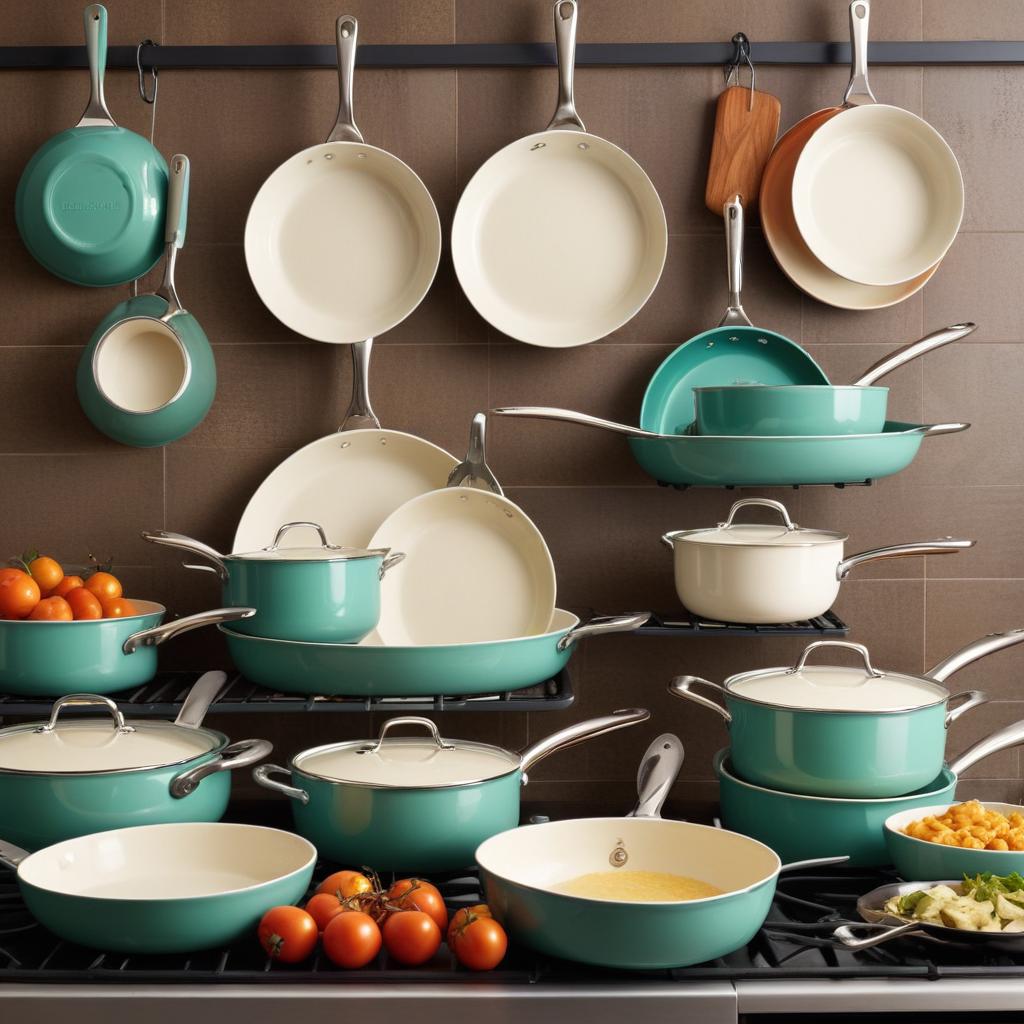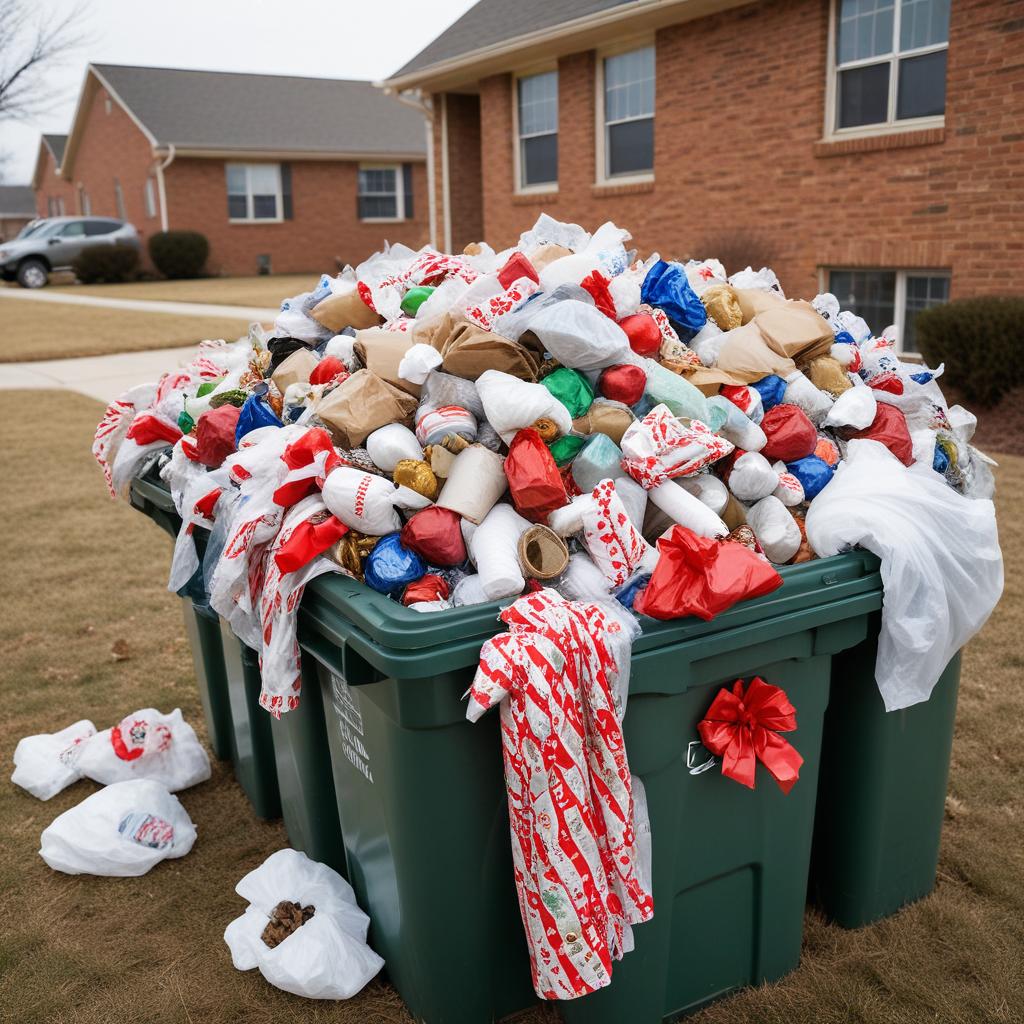Popular ceramic cookware brands face scrutiny over 'nontoxic' claims as independent tests reveal potential toxins like titanium dioxide and lead.
The cookware industry is booming, with designer ceramic pans endorsed by celebrities. However, these pans, marketed as "nontoxic" and "ceramic," are under investigation. Independent testing suggests they may contain toxins such as titanium dioxide, siloxanes, lead, and mercury. The term "ceramic" is misleading; these pans typically have a thin quasi-ceramic coating on an aluminum substrate, a material called "sol-gel" containing silica, metals, and undisclosed chemicals. Companies are reluctant to disclose their full ingredient lists, citing proprietary information. Regulatory scrutiny is increasing, with Washington state ordering ingredient disclosure. The rapid rise of these pans coincided with the pandemic and the wellness trend, fueled by celebrity endorsements. While companies claim transparency, they often refuse to share ingredient details. Lawsuits have been filed, alleging false advertising. Concerns exist about potential leaching of toxins at high temperatures, and the pans' durability. True ceramic cookware, made from clay, silica, and minerals fired at high heat, is different and more durable. Independent testing has detected high levels of titanium, lead, and mercury in some popular brands. While some argue that trace amounts of lead are acceptable, there's no clear definition of "trace." The FDA has limited oversight, leading to calls for stricter regulations and greater transparency to protect consumers.



